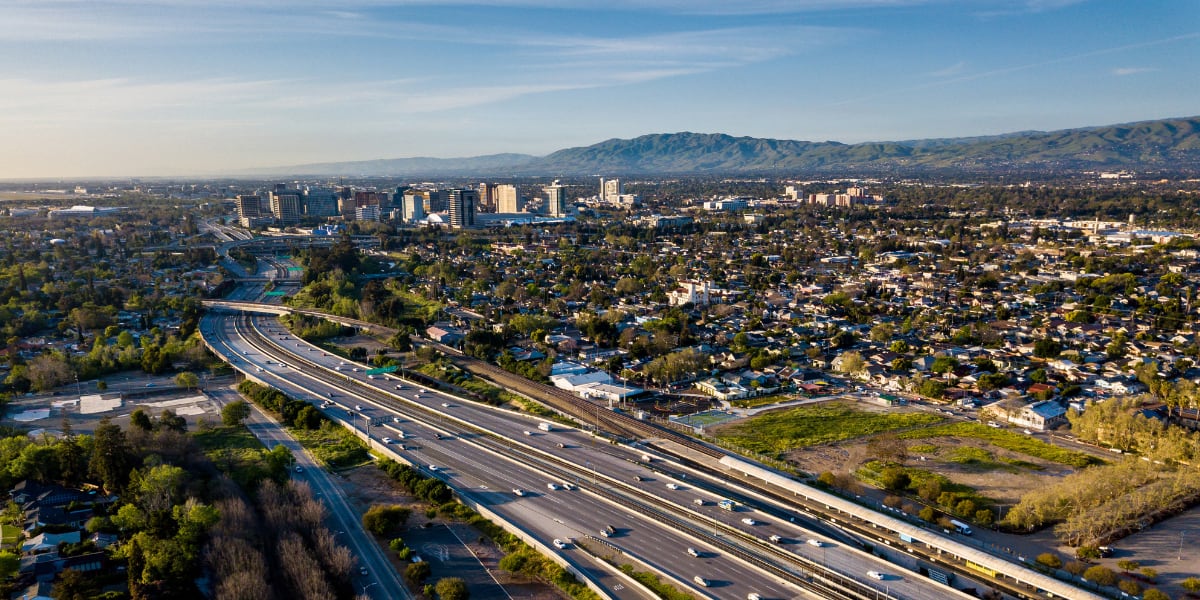Decoding the March 2024 Bay Area Real Estate Market: Insights and Trends


Introduction:
In the ever-evolving landscape of real estate, understanding market trends is crucial for both buyers and sellers. The Bay Area, renowned for its innovation hubs and vibrant communities, offers a unique microcosm of real estate dynamics. In this comprehensive analysis, we delve into the intricacies of the Bay Area's real estate market, exploring statistics, trends, and projections that shape the region's property landscape.
Bay Area Market Statistics: Inventory and Trends
The foundation of any real estate analysis lies in understanding inventory dynamics. Delving into the Bay Area's five primary counties—Alameda, Santa Clara, San Mateo, San Francisco, and Contra Costa—reveals intriguing insights. As of February 2024, the market witnessed a notable decline in inventory compared to 2021. With 2,089 units available, inventory levels were significantly lower than the 3,892 units recorded in 2021. However, historical patterns suggest a cyclical nature to inventory fluctuations, with peaks typically observed during summer months, particularly April and May.
Navigating Market Dynamics: Inventory and Days on Market
Understanding the rhythm of inventory is crucial for prospective buyers. Historically, January witnesses a dip in inventory, gradually rising until peaking around May before descending again. However, 2023 witnessed a deviation from this pattern, marked by an unexpected surge in September—a phenomenon attributed to sellers re-entering the market amidst growing demand. Days on the market, a key metric reflecting market activity, witnessed fluctuations. In 2022, days on the market extended beyond the norm, reaching 26 days, signaling a sluggish market. However, with the onset of 2024, a resurgence in market momentum saw days on the market plummeting to a mere nine days, indicative of heightened demand and competitive bidding scenarios.
Sales Price to List Price Ratio: Overcoming Market Challenges
Despite market challenges, the Bay Area continues to witness sales prices exceeding listing prices. The resilience of the market, even during sluggish periods like 2023, underscores the robust demand. Low inventory levels coupled with motivated sellers contributed to this trend, with buyers often resorting to preemptive offers to secure properties. The battleground for buyers intensifies, with instances of properties being sold above asking prices becoming increasingly common.
Median Sales Price Trends: A Rollercoaster Ride
The median sales price, a barometer of market health, experienced notable fluctuations. The peaks of 2022 gave way to a downward trajectory, with declines ranging from 25% to 34% across various counties. However, a remarkable rebound in 2024 saw prices inching closer to previous peaks. For instance, Santa Clara County's median price surged from $1.465 million to $1.87 million within a year, signifying a remarkable 12% increase. Similar upward trends were observed across other counties, reflecting the resilience and buoyancy of the Bay Area real estate market.
Understanding Market Dynamics: Silicon Valley's Unique Proposition
Silicon Valley's real estate market presents a unique confluence of factors driving rapid appreciation. The region's staggering wealth, fueled by tech giants and investment prowess, underpins the robust demand for real estate. A 2021 study underscored Silicon Valley's economic might, revealing total property values surpassing $338 billion, rivaling the GDP of nations. This wealth, coupled with employment stability and stock market gains, sustains the fervent demand for properties, propelling prices upward despite prevailing challenges.
Projections and Considerations: Navigating the Future
While projections indicate a downward trajectory in mortgage rates, factors like impending elections inject an element of uncertainty. Historically, election cycles herald market slowdowns, providing respite for buyers amidst intense competition. However, waiting comes with its own set of risks, as prices continue their upward ascent. Commercial real estate, often a subject of speculation, exhibits surprising resilience, with low delinquency rates defying initial projections.
Conclusion
The Bay Area's real estate landscape is a tapestry of resilience, innovation, and dynamic market forces. Understanding the nuances of inventory dynamics, pricing trends, and market projections equips stakeholders to navigate the intricacies of buying and selling property in one of the world's most dynamic real estate markets. As the journey unfolds, staying abreast of evolving trends remains paramount in harnessing opportunities and making informed decisions.
Stay up to date on the latest real estate trends.

A Prime Fast-Food Franchise Location with Proven Revenue Streams





You’ve got questions and we can’t wait to answer them.